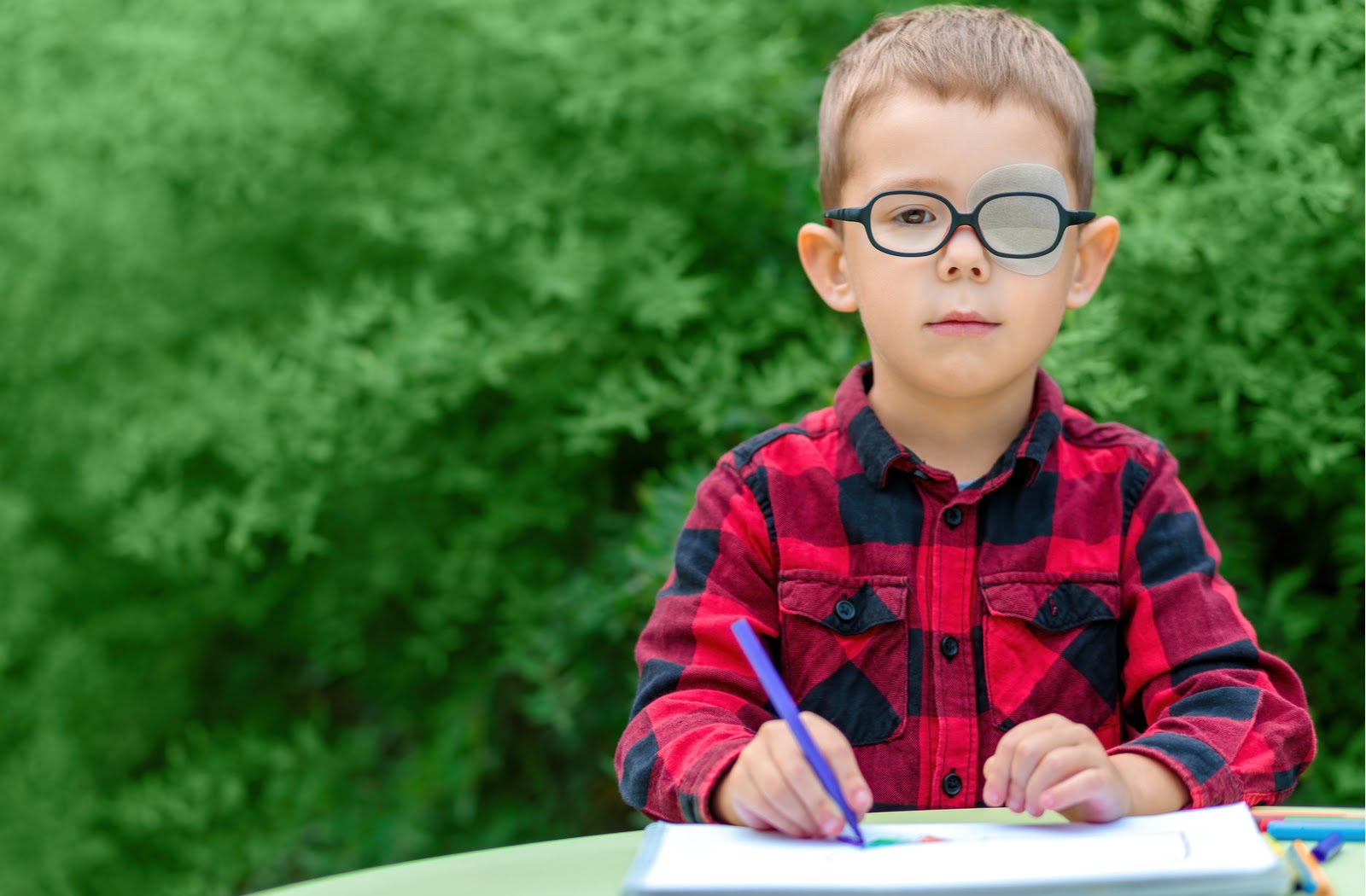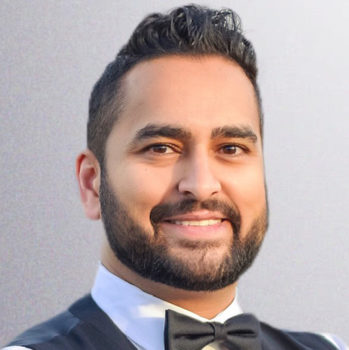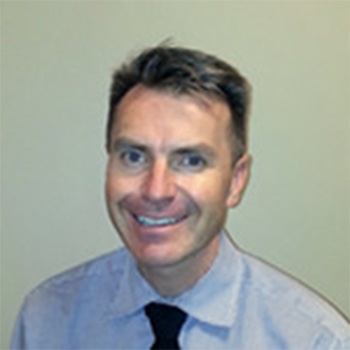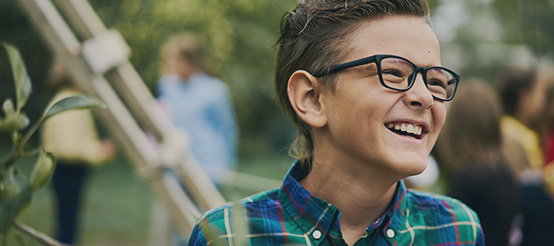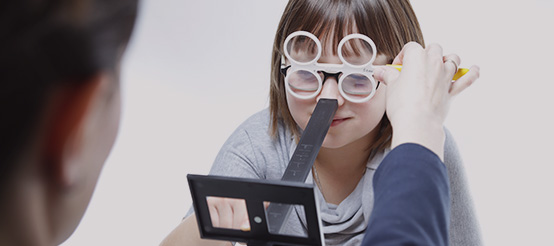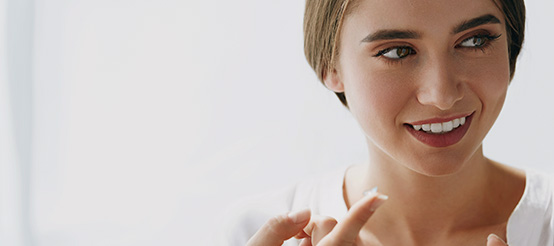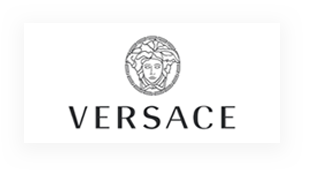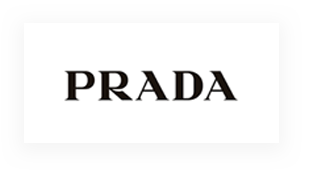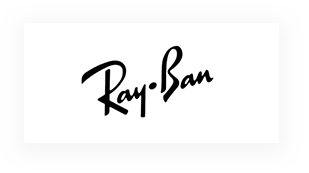Vision therapy is like physical therapy for your eyes and it’s increasingly being recognized as an important part of treating amblyopia (lazy eye) for children.
About 2–4% of children under age 6 have amblyopia, but it rarely shows any symptoms. Since this condition is easiest to treat at a young age, it’s very important to keep up your child’s regular eye exams.
At Urban Optique, we craft a custom vision therapy treatment plan for each of our patients based on the cause of their amblyopia and their age. Get to know amblyopia and vision therapy and don’t hesitate to contact us if you have questions about your child’s vision.
What Is Amblyopia or Lazy Eye?
Amblyopia is commonly known as “lazy eye,” but it has nothing to do with how active or inactive someone’s eyes are.
Amblyopia can develop when the brain favours one eye over the other, which is often a result of a major difference in the prescription between the two eyes. Sometimes, it can result from strabismus (crossed eyes).
Since the brain relies on the “good” eye to take over, the weaker eye can develop even poorer vision. If amblyopia isn’t treated, amblyopia can lead to vision loss and issues with depth perception.
Why You Need To Treat Lazy Eye Early
Your child relies on their vision for learning in the classroom, while playing, and in social situations. Since amblyopia affects their ability to see clearly, it can also affect their classroom performance and ability to pay attention and could challenge their learning.
The Canadian Association of Optometrists advises treating amblyopia before age 6 if possible, as it’s more likely to resolve completely with early treatment. That being said, it’s still absolutely possible to treat older children and see an improvement in their visual acuity.
Signs That a Child Has a Lazy Eye
There are usually no symptoms in amblyopia. This lack of symptoms is why it’s so important to bring in your child for regular eye exams, with their first exam between the ages of 6 and 9 months.
It’s not easy to tell if your child has an eye condition, including amblyopia, in part because they may not realize their vision is any different from normal, or they may not be able to express what they’re experiencing.
And because the stronger eye takes over vision tasks in amblyopia, your child may seem to have typical vision if there aren’t any other symptoms.
However, in some cases you might notice these possible signs of a lazy eye in your child:
- They bump into things, particularly on one side, or have other issues with depth perception
- One of their eyes wanders inward or outward or otherwise doesn’t seem to work together with its fellow eye
- They describe double vision
- They squint
Who’s At Higher Risk of Amblyopia?
Amblyopia can be something a child is born with, or they may develop it in the early years of life. Other risk factors include:
- Premature birth
- Smaller than average size at birth
- Development disabilities
- A family history of amblyopia, cataracts, or other vision concerns
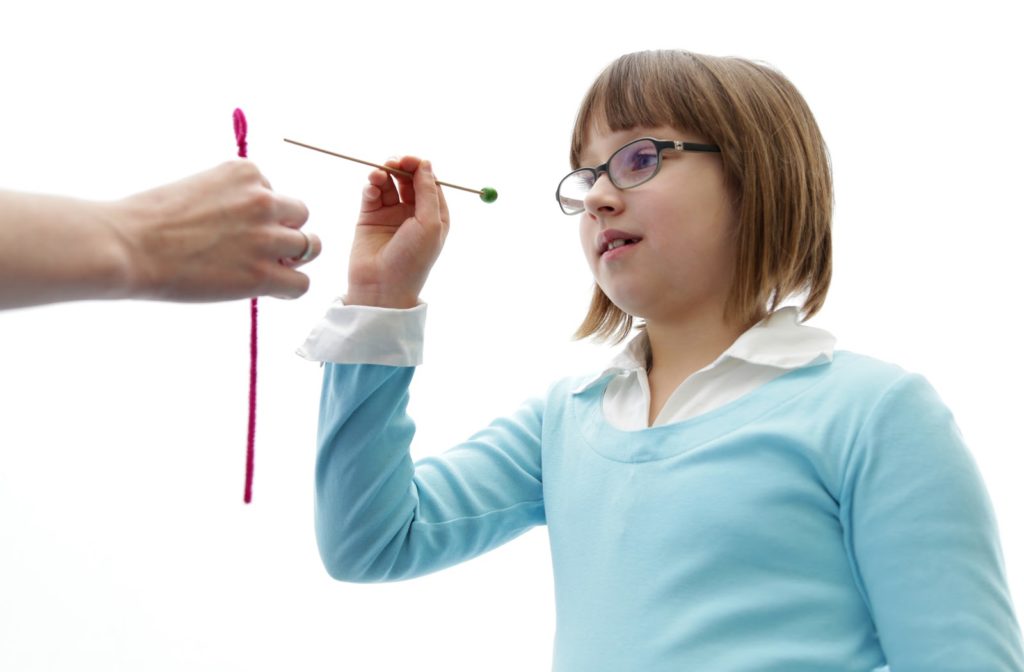
Vision Therapy For Lazy Eye
Visual skills are like the other skills we all learn throughout a lifetime—they can be learned.
Vision therapy is a customized course of exercises, games, hand-eye coordination tasks, and eye-focusing tasks that help a person train their eyes to work better.
How Long Does Vision Therapy Take?
The length of treatment with vision therapy depends on:
- Your child’s diagnosis
- How compliant your child is with performing exercises in our clinic and any homework we assign
In many cases, treatment will take a few weeks or months, or sometimes it could be closer to a year.
Some studies have found that vision therapy reduces the total amount of therapy required, meaning it can work more quickly than a long-used approach like patching.
What Exercises Will My Child Do In Vision Therapy?
There are a variety of tools, specialized equipment, and interactive games we might use as part of your child’s treatment program. These might include:
- A Marsden ball, which hangs from the ceiling and has letters printed on it. It can be used for hand-eye coordination and spatial awareness
- Wolff wands, which are metal rods with a rounded top that can be used to work on eye muscle control
- A Hart chart exercise, which involves a reading a letter chart 6 feet away and another held at reading distance, which can help the eyes learn to work together and focus at different distances
- A balance board to train the eyes to move independently of the head and body
- Specially designed videos games, apps, or virtual reality games
- Word searches and puzzle games for spatial processing
During your child’s vision therapy sessions, both in-office and the exercises we’ll advise doing at home, we may have them wear, or remove their glasses. We may also have them wear polarized glasses, or wear therapeutic glasses, or special prism lenses during their appointment.
Some exercises may require wearing an eye patch over the stronger eye so that the weaker eye takes over the workload.
Book Your Child’s Eye Exam
Children rely on their vision to learn about the world, and if they can’t see clearly, they may become frustrated at school, learn more slowly than other kids, or develop behavioural problems.
Early detection of amblyopia is key to treating it early and effectively. Book your child’s next appointment at Urban Optique today.

